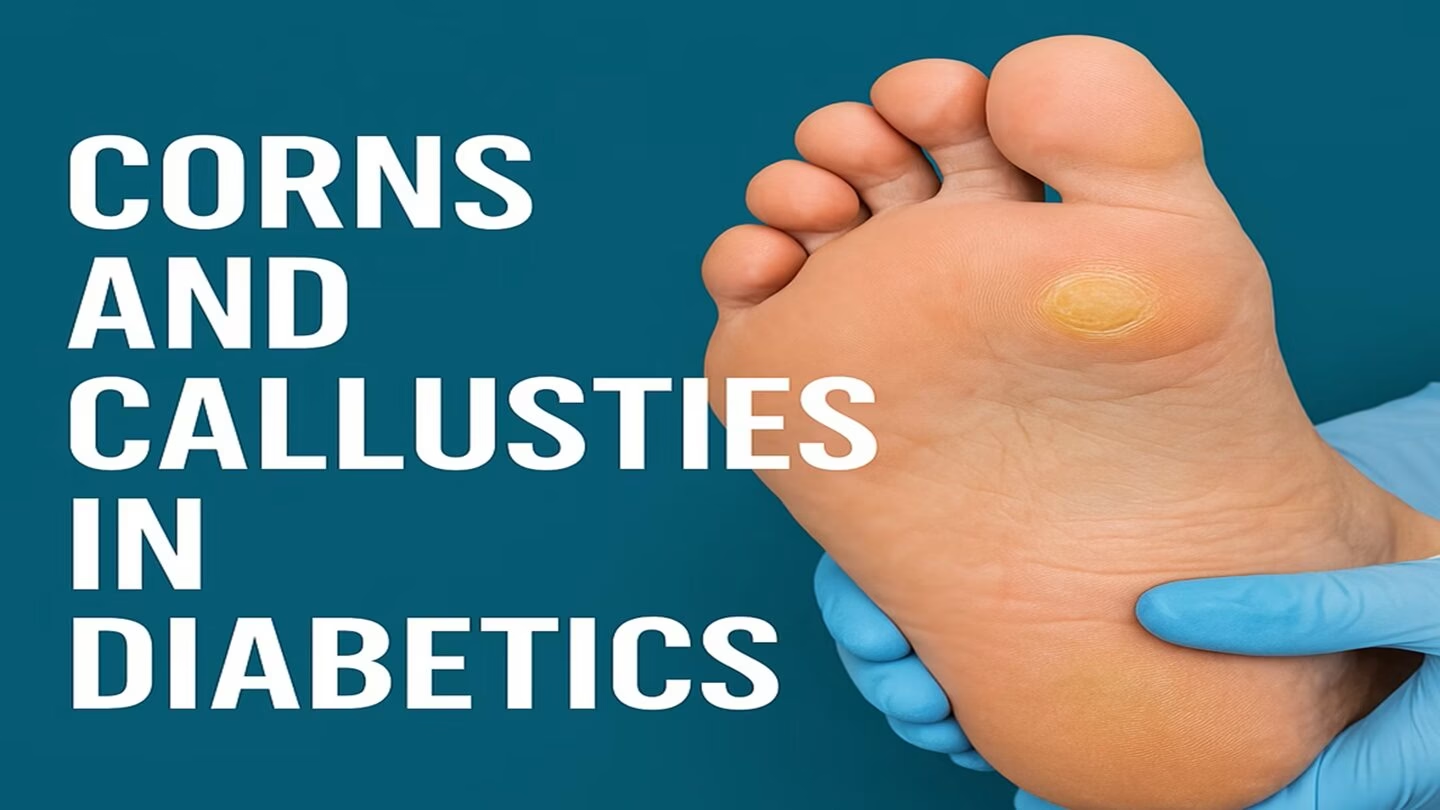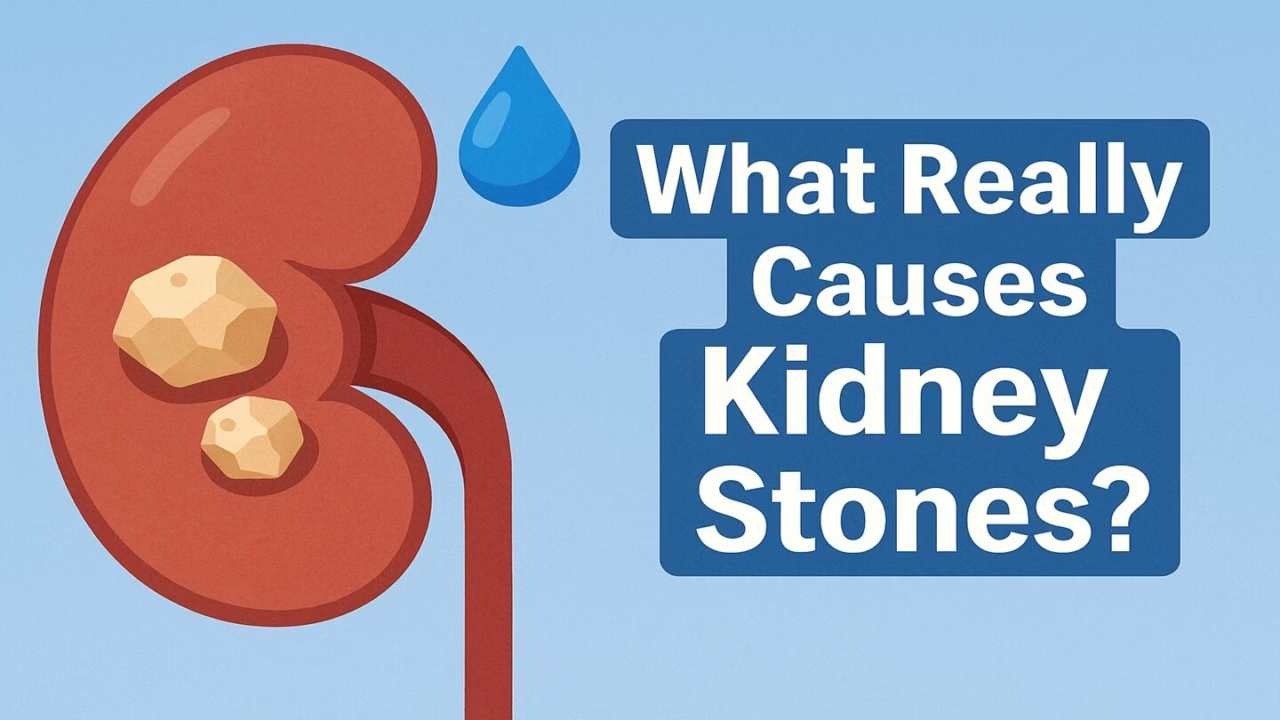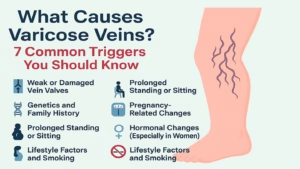Introduction
For people with diabetes, foot care is not just about comfort—it’s a critical part of maintaining health and preventing serious complications. Corns and calluses, although common and usually harmless for most people, can pose significant risks to individuals with diabetes. Without proper care, these seemingly minor foot problems can lead to infections, ulcers, and even amputation.
What Are Corns and Calluses?
- Corns are thick, hardened layers of skin that typically develop on the tops and sides of toes or on weight-bearing areas.
- Calluses are similar but are generally larger and form on the soles of the feet, particularly under the heels or balls of the feet.
They are the result of repeated friction, pressure, or irritation. In diabetics, these can become dangerous if not treated properly.
Why Are Diabetics More Vulnerable?
- Reduced Sensation (Neuropathy):
Many diabetics experience peripheral neuropathy—a condition that reduces feeling in the feet. This makes it harder to notice corns, calluses, or developing sores. - Poor Circulation:
Diabetes can impair blood flow, particularly to the lower extremities. This slows down wound healing and increases the risk of infection. - Increased Risk of Infection:
Even a small break in the skin caused by an untreated corn or callus can allow bacteria to enter, potentially leading to serious infections or ulcers. - Delayed Healing:
Because healing is often slow in diabetics, even minor issues can linger and worsen if not properly managed.
Signs of Trouble to Watch For
- Redness or swelling around a corn/callus
- Pain or tenderness in the area
- Drainage (pus or clear fluid)
- Skin discoloration or foul odor
- Crack in the skin over a callus
Essential Foot Care Tips for Diabetics
- Inspect Feet Daily:
Look for any signs of redness, swelling, blisters, or changes in skin texture. - Never Attempt DIY Removal:
Do not use blades, pumice stones, or over-the-counter corn removers without medical supervision. - Moisturize Regularly:
Keep the skin soft to prevent cracking, but avoid applying lotion between the toes to reduce moisture buildup. - Choose Proper Footwear:
Wear well-fitted shoes with cushioning and avoid high heels or narrow shoes that increase pressure points. - Visit a Podiatrist Regularly:
Schedule foot checks with a specialist to manage calluses and corns safely. - Control Blood Sugar Levels:
Proper glucose control can improve circulation and reduce the risk of complications.
When to See a Doctor
Contact a healthcare provider if:
- A corn or callus becomes painful or inflamed
- There’s a break in the skin
- Signs of infection appear
- You haven’t had a professional foot check in the last year
Conclusion
Corns and calluses may seem minor, but for diabetics, they demand serious attention. With proper foot care, regular check-ups, and attention to early warning signs, you can prevent complications and keep your feet healthy.
ABOUT THE AUTHOR
Dr. Abid Akram is a dedicated medical practitioner known for his patient-centered approach and strong clinical expertise. With an MBBS degree and years of hands-on experience, he has developed a keen interest in preventive healthcare and internal medicine. Dr. Abid firmly believes that health is not just about treating illness but about empowering individuals to make lifestyle choices that prevent disease and promote long-term well-being. His approachable personality and ability to explain complex medical concepts in simple terms make him a trusted doctor among his patients. Outside of his clinical practice, Dr. Abid contributes to community health awareness programs, aiming to bridge the gap between medical knowledge and everyday life.


















Add comment